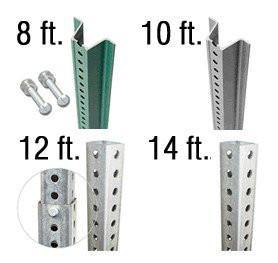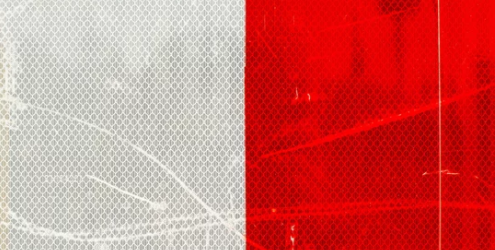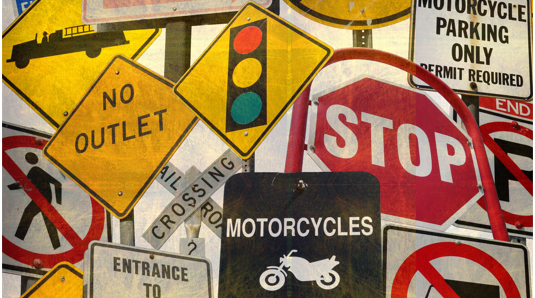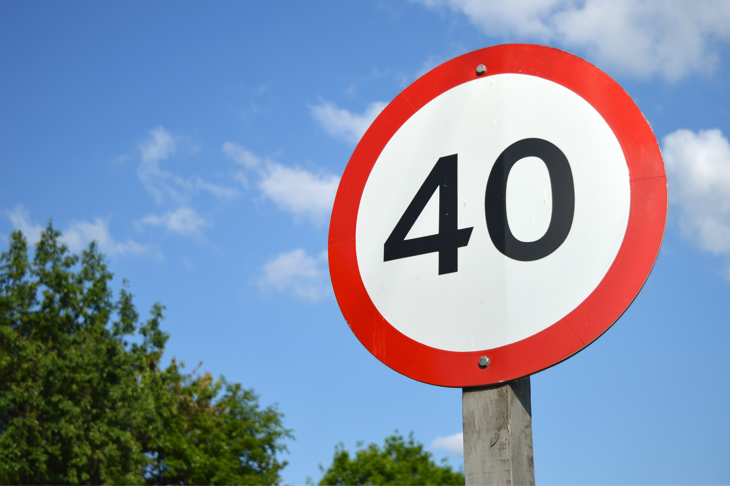Sign Industry News
What Size Post Do I Buy to Put up a Traffic Sign?
You may ask what size post to buy to put up a traffic sign. We have the answer and posts available for each occasion. Sign Size Street sign sizes vary by type. The width of a “street name” sign can range from 18 inches to 48 inches based on the number of characters needed. A common sign like a “yield” sign has dimensions of 66 x 36 x 36. Some other common dimensions are 24 x 24 for a “hazardous materials” sign, 48 x 30 for a “road closed” sign, 18 x 12 for a “use crosswalk” sign, 12 x...
What Materials Are Reflective Signs Made Of?
Road signs are used to send important messages to drivers about traffic safety, detours, construction, and anything else that might affect driving conditions. Today, almost all road signs are reflective, meaning some of the light from a driver’s headlights is reflected back. This allows drivers to easily see important signs and notices while traveling at night. We all drive past these road signs, but what exactly makes them reflective? History of Reflective Road Signs The first road signs were made out of metal and painted yellow or white. These lighter colors provided better contrast between the background and the black...
Top Five Most Important Traffic Signs for Road Safety
Regulatory traffic signs play an important role in road safety. They can help manage the flow of traffic, prevent accidents, and much more. You likely see many signs every time you drive, and each one has a specific meaning that helps drivers make better, safer driving decisions. From Stop to No Parking, every traffic sign is essential, but some are more important than others. Here are the top five most important traffic signs for road safety. 1. Speed Limit Signs Speed limit signs are posted so every driver knows the maximum (and sometimes minimum) speed they can travel. These signs...
Top 5 Fun Facts about Speed Limit Signs
Fun Facts News Safety Signs Speed Limit Signs
Traffic Sign Colors And Meanings
Traffic signage around the world follows a certain pattern of colors that have become familiar in various contexts. If we see a “Do Not Enter” sign that features white lettering on a red background, we automatically associate it with a red traffic light instructing drivers to stop. These color connotations make more sense to us now than they did when they were introduced in the 19th century. Historical Background Of Traffic Sign Colors The earliest use of different colors for traffic control purposes featured a non-electric system installed for the benefit of train conductors and pedestrians who shared the busy...





